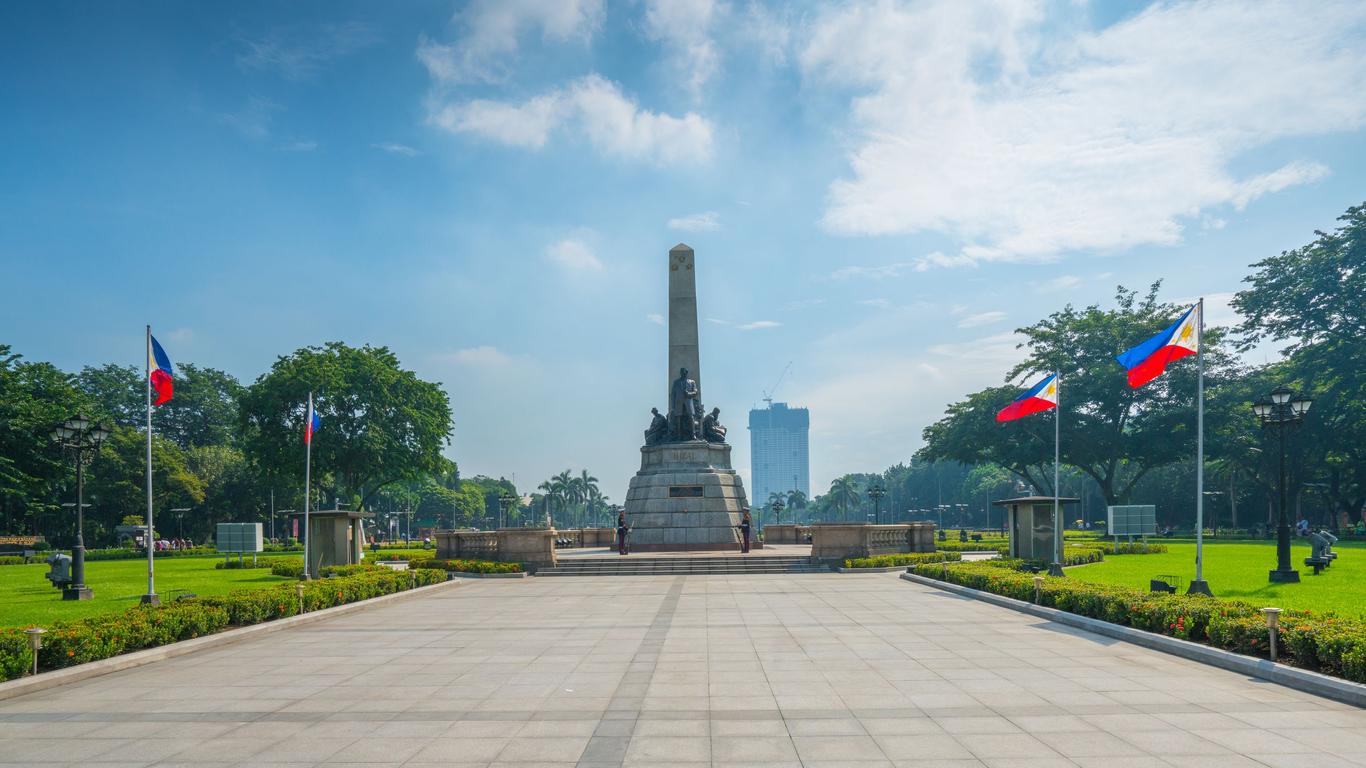Rizal Park, also known by its former title Luneta National Park, is a space of natural beauty and fresh air in the urban area of Manila Bay in the Philippines. Situated along Roxas Boulevard, a busy road of the city, it offers peace and quiet and a range of services and activities, making it one of the top tourist attractions of the city. It is one of the biggest urban parks in all of Asia and popular with locals and tourists, near the coast and spread over less than a kilometre square of open gardens, landscapes lawns, ponds, walkways and woodlands.
Monuments scatter the park, including the main feature, Rizal Monument, one of the most famous landmarks in the country, often frequented by foreign visitors and diplomats. It also contains the National Museum of the Filipino People and the Museum of Philippine History, in addition to a national library, planetarium and Orchidarium, next to the Butterfly Pavilion. Visitors can just stroll through the wooded pathways of the park, attend a public concert or event, visit the Chinese and Japanese Gardens, picnic on the grass or even see some martial artists practising in the area. Event venues in Rizal Park include an open-air Auditorium, the Quirino Grandstand, Burnham Green and the Parade Grounds, often used for races and parades in addition to sports activities and large public picnics.
The nearest LRT stop to Rizal Park is United Nations Avenue Station, which visitors can reach from some locations around Manila, although some routes require taking a jeepney or local bus at some points along the way. The nearest airport is Ninoy Aquino International Airport about 12 kilometres from Rizal Park, which visitors can reach within a 30-minute drive.
The history of Rizal Park dates back to 1820 when Spanish rulers transformed a marshy patch of land beside the coast into the Paseo de Luneta, a landscaped green space which later developed into a park. It became a place of public executions, including that of José Rizal, a Philippine patriot and writer after whom to park names itself, and contains a monument in his honour that covers the site of his remains. It became a national park in 1955, since then officials have added buildings and features including the theatre, museum and library, and has become a place of national protests and celebrations.





